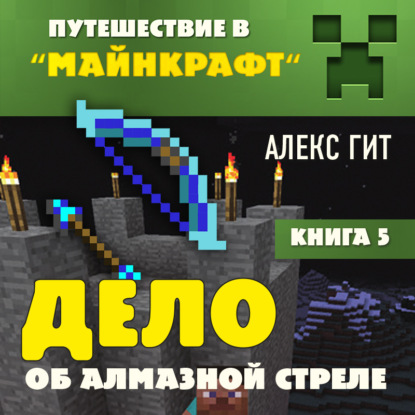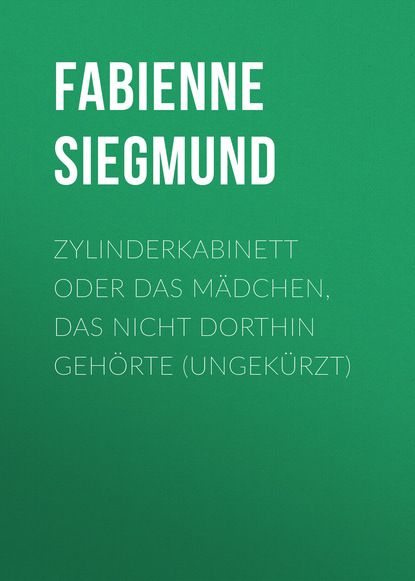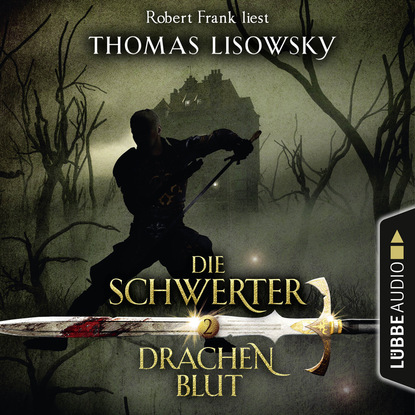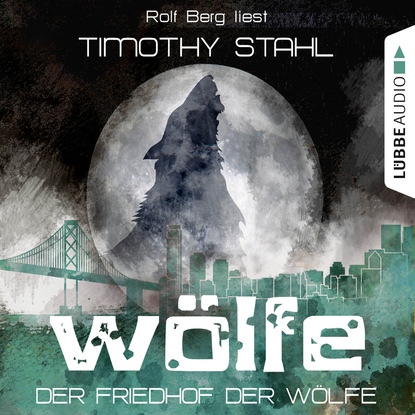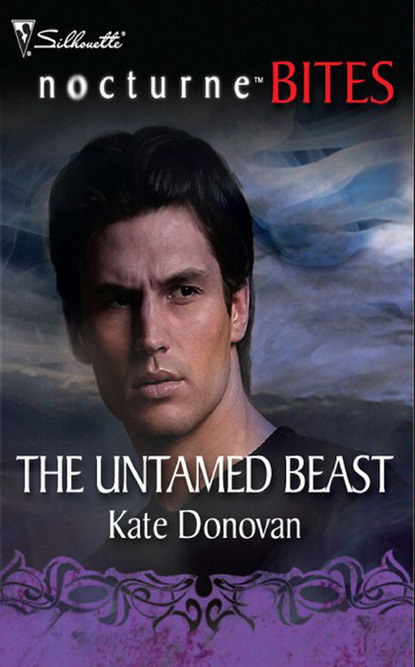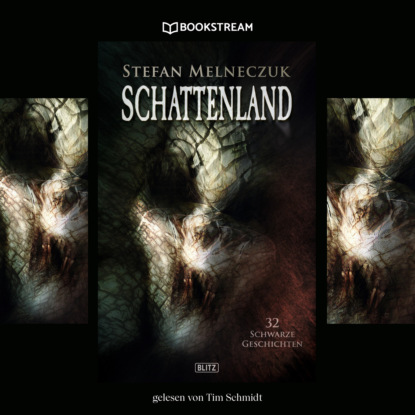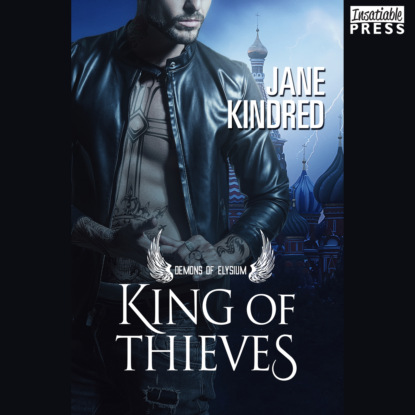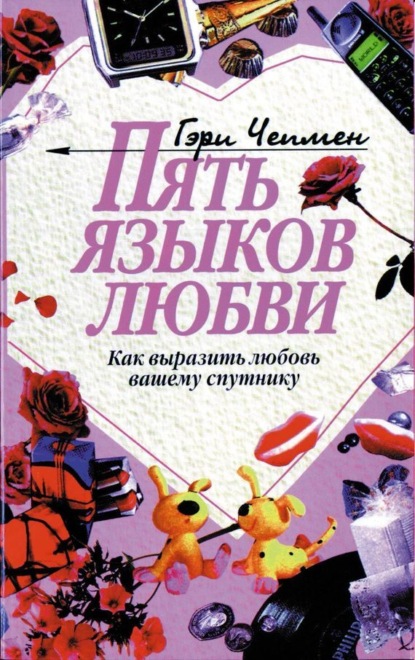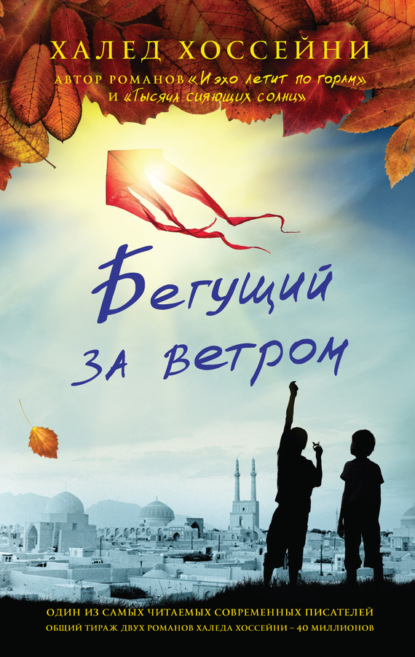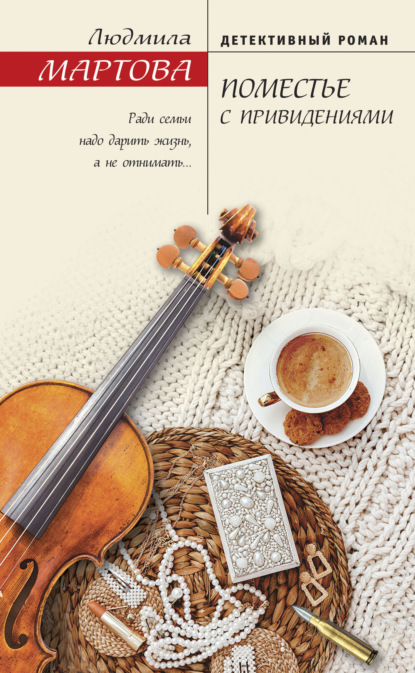В `` The Fall of Gonlin'' рассказывается о двух величайших силах в мире. Моргот, олицетворяющий величайшее зло, неподвластное влиянию в этой истории, управляет огромной военной мощью из своей крепости Ангбанд. Глубоко противостоящий Мороту, Улмо, стоящий на втором месте среди всех могучих смертных, верховный правитель Валаров.
Центральной частью этой вражды богов является город Гондолин, прекрасный, но таинственный и невидимый. Он был построен и населен Нолдорским народом Эльфов, которые, живя в Валиноре, земле богов, восстали против своего правления и бежали на Землю Умерших И миров. Туор, король Гондолина, ненавидим и страшен всем своим врагам Моротом, который безуспешно пытается обнаружить чудесно спрятанный город, в то время как боги в Валиноре и ведут жаркие дебаты, отказом в полной мере вмешиваться в поддержку желаний и планов Улма.
В этот мир приходит Туор, двоюродный брат Турина, орудие замыслов Улма. Под управлением его невидимого Гида Туор начинает свое страшное путешествие в Гондолин и в один из самых поразительных моментов истории Средьземелья сам морской бог появляется перед ним, поднимаясь из океана во время шторма. В Гондолине он становится великим, он женат на Идриль, дочери Тургона, их сын Эарендель, чье рождение и глубокое значение в будущие дни предсказывается Улмом. Наконец, наступает ужасный конец. Моргата становится благодаря совершенному предательству обладателем всей необходимой информации для страшного нападения на город с Балагами, драконами и несчетными орками. После обстоятельного описания падения Гондолина рассказ заканчивается бегством Туора и Идриля с ребенком Эаренделем, оглядывающимся назад от расщелины в горах, когда они бегут на юг, на полыхающие руины своего города. Они отправились в новую историю "Сказка о Эаренделе", которую Толкиен не написал, но которую можно было описать из других источников.
Электронная Книга «The Fall of Gondolin» написана автором J. R. r. tolkien в году.
Минимальный возраст читателя: 0
Язык: Английский
ISBN: 9780008302788
Описание книги от J. R. r. tolkien
In the Tale of The Fall of Gondolin are two of the greatest powers in the world. There is Morgoth of the uttermost evil, unseen in this story but ruling over a vast military power from his fortress of Angband. Deeply opposed to Morgoth is Ulmo, second in might only to Manwë, chief of the Valar.Central to this enmity of the gods is the city of Gondolin, beautiful but undiscoverable. It was built and peopled by Noldorin Elves who, when they dwelt in Valinor, the land of the gods, rebelled against their rule and fled to Middle-earth. Turgon King of Gondolin is hated and feared above all his enemies by Morgoth, who seeks in vain to discover the marvellously hidden city, while the gods in Valinor in heated debate largely refuse to intervene in support of Ulmo's desires and designs. Into this world comes Tuor, cousin of Túrin, the instrument of Ulmo's designs. Guided unseen by him Tuor sets out from the land of his birth on the fearful journey to Gondolin, and in one of the most arresting moments in the history of Middle-earth the sea-god himself appears to him, rising out of the ocean in the midst of a storm. In Gondolin he becomes great; he is wedded to Idril, Turgon's daughter, and their son is Eärendel, whose birth and profound importance in days to come is foreseen by Ulmo. At last comes the terrible ending. Morgoth learns through an act of supreme treachery all that he needs to mount a devastating attack on the city, with Balrogs and dragons and numberless Orcs. After a minutely observed account of the fall of Gondolin, the tale ends with the escape of Tuor and Idril, with the child Eärendel, looking back from a cleft in the mountains as they flee southward, at the blazing wreckage of their city. They were journeying into a new story, the Tale of Eärendel, which Tolkien never wrote, but which is sketched out in this book from other sources.Following his presentation of Beren and Lúthien Christopher Tolkien has used the same 'history in sequence' mode in the writing of this edition of The Fall of Gondolin. In the words of J.R.R. Tolkien, it was ‘the first real story of this imaginary world’ and, together with Beren and Lúthien and The Children of Húrin, he regarded it as one of the three 'Great Tales' of the Elder Days.




